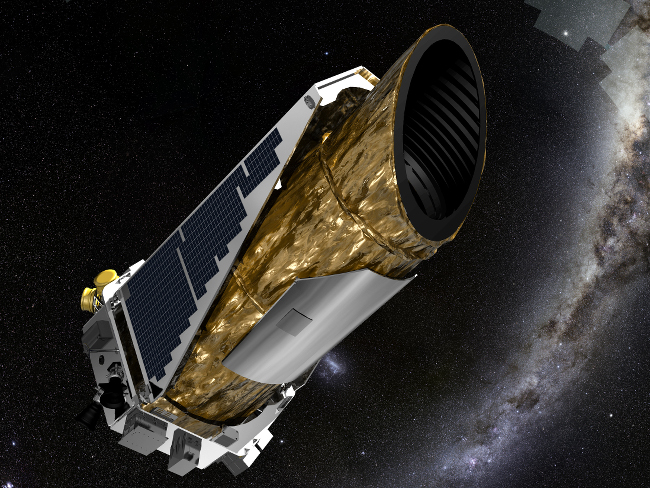The Kepler spacecraft has found the first exoplanet of its K2 mission, and it’s pretty huge.
Named HIP 116454b, it’s 2.5 times the diameter of Earth, 180 light-years away from wherever you are reading this right now.
That larger diameter means that the new planet is about 33,000 kilometres wide, bigger than our humble abode, but smaller than Neptune. Weighing 12 times that of Earth, that makes this new planet a ‘Super Earth’.
It has a nine-day orbit around a star, similar to our orbit of the sun, however it’s far too hot for us to survive on. The density readings show that it’s either a water-based world (like Earth) or a mini Neptune. Also its ‘sun’ is an orange dwarf, which sounds great.
An unforgettable spacecraft
If Kepler spacecraft’s title rings a bell, it’s because it died last year. Well that’s what we all thought. It turns out that, although it’s primary mission ended after a malfunction, some clever scientists have worked out a way to counteract some on-board malfunctions.
Previous to this, Kepler used its four reactionary wheels to stabilise its flight path, but two broke, rendering it pretty useless. But scientists discovered that sunlight pressure could be used as proxy wheels. And presto, Kepler made this new discovery.

Keplar Spacecraft illustration, via NASA Ames/JPL-Caltech/T Pyle
“Last summer, the possibility of a scientifically productive mission for Kepler after its reaction wheel failure in its extended mission was not part of the conversation,” says Paul Hertz, NASA’s astrophysics division.
“Today, thanks to an innovative idea and lots of hard work by the NASA and Ball Aerospace team, Kepler may well deliver the first candidates for follow-up study by the James Webb Space Telescope to characterise the atmospheres of distant worlds and search for signatures of life.”
“Like a phoenix rising from the ashes, Kepler has been reborn and is continuing to make discoveries. Even better, the planet it found is ripe for follow-up studies,” says Andrew Vanderburg of the Harvard-Smithsonian Center for Astrophysics (CfA).
Vanderburg is lead author of the research paper reporting this discovery, which has been accepted for publication in The Astrophysical Journal.
Hot Earth-like planet image, via Shutterstock